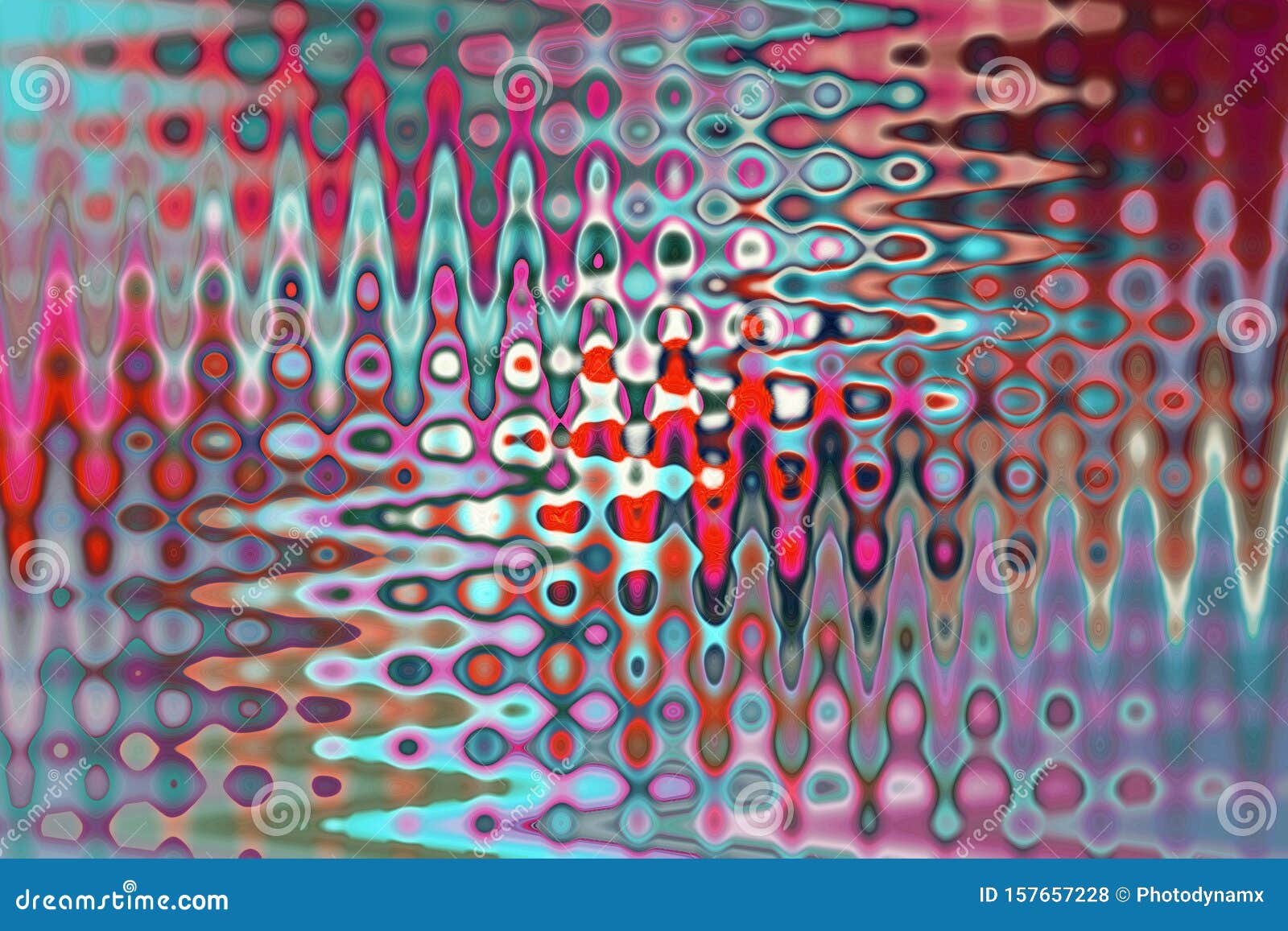
This collaboration benefits the NRC because CEA performs research and development on CASS for Électricité de France (EdF). Regarding its work on the NDE of materials, CEA is providing its modeling software (CIVA) in exchange for PNNL offering expertise and data related to phased-array detection and sizing, acoustic attenuation, and back scattering on CASS materials. CEA, under funding from IRSN, are supporting collaborative efforts with the NRC and PNNL. The NRC Project Manager has established a cooperative effort with the Institut de Radioprotection et de Surete Nucleaire (IRSN).

more » In this effort, PNNL supports cooperation with Commissariat à l’Energie Atomique (CEA) to assess reliable inspection of CASS materials. A primary objective of this work is to evaluate various NDE methods to assess their ability to detect, localize, and size cracks in coarse-grained steel components. The scope of this research encompasses primary system pressure boundary materials including cast austenitic stainless steels (CASS) dissimilar metal welds piping with corrosion-resistant cladding weld overlays, inlays and onlays and far-side examinations of austenitic piping welds. Nuclear Regulatory Commission (NRC) at the Pacific Northwest National Laboratory (PNNL) to assess the effectiveness and reliability of advanced nondestructive examination (NDE) methods for the inspection of light water reactor components. The base specimens and slices were then polished and etched to reveal measureable grain microstructures that were compared to the sound field interactions and scattering effects seen in the collected data. Data were collected both with a constant part path for each configuration (probe, specimen and slice, angle, etc.) and with a variable part path (fixed position on the surface). A 6.4 more » mm (0.25-in.) thick slice was removed from the specimen end and beam mapping was repeated three times, yielding four full sets of beam images. Three probes operating at nominal frequencies of 0.5, 0.8, and 1.0 MHz were used.


Phased array (PA) probes were fixed on each specimen surface and excited in the longitudinal mode at specific angles while a point receiver was scanned in a raster pattern over the end of the specimen, generating a transmitted sound field image. Ultrasonic laboratory measurements were made on three specimens representing four different grain structures. = ,Ī sound field beam mapping exercise was conducted to assist in understanding the effects of coarse-grained microstructures found in cast austenitic stainless steel (CASS) materials on acoustic longitudinal wave propagation.


 0 kommentar(er)
0 kommentar(er)
